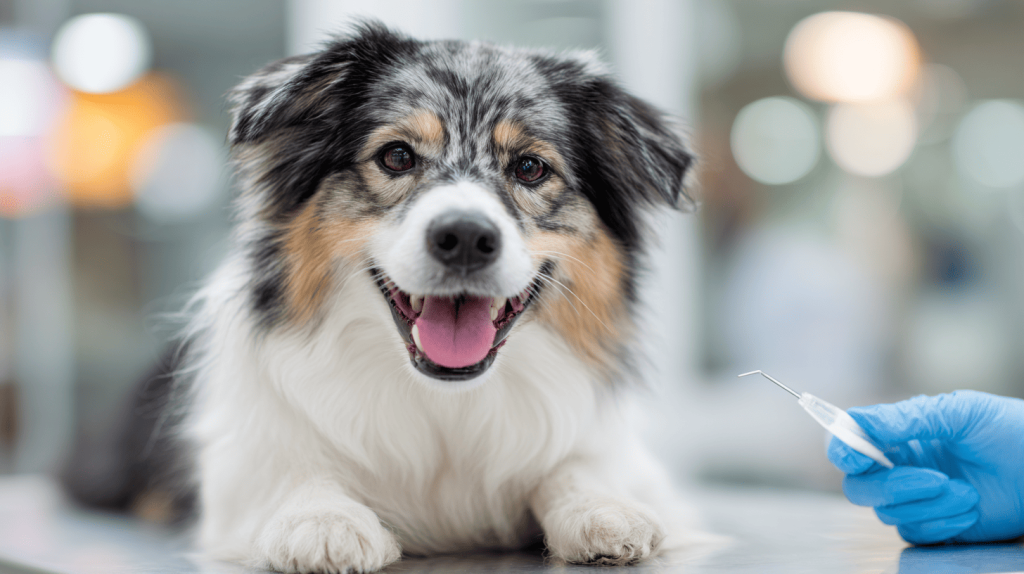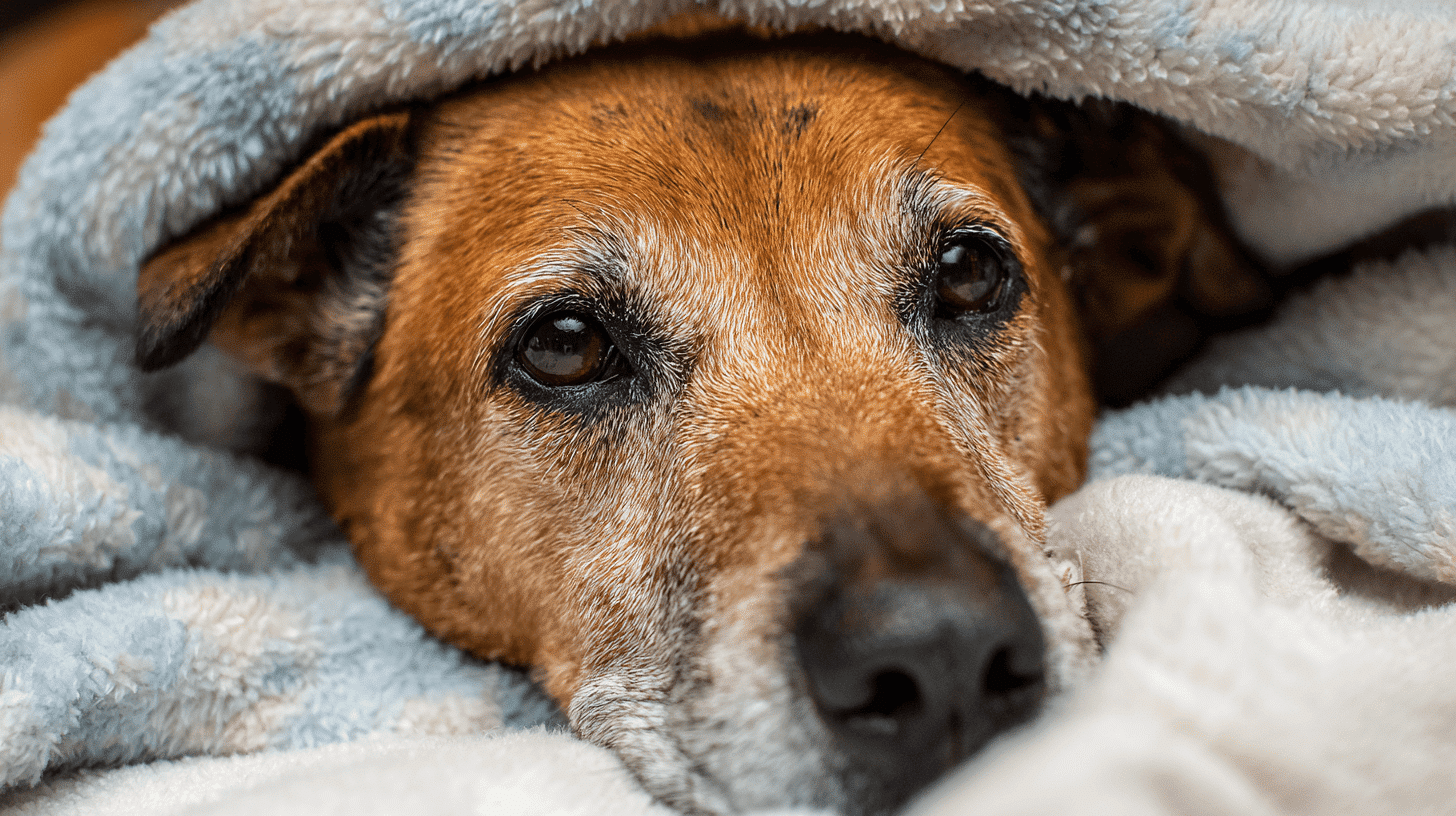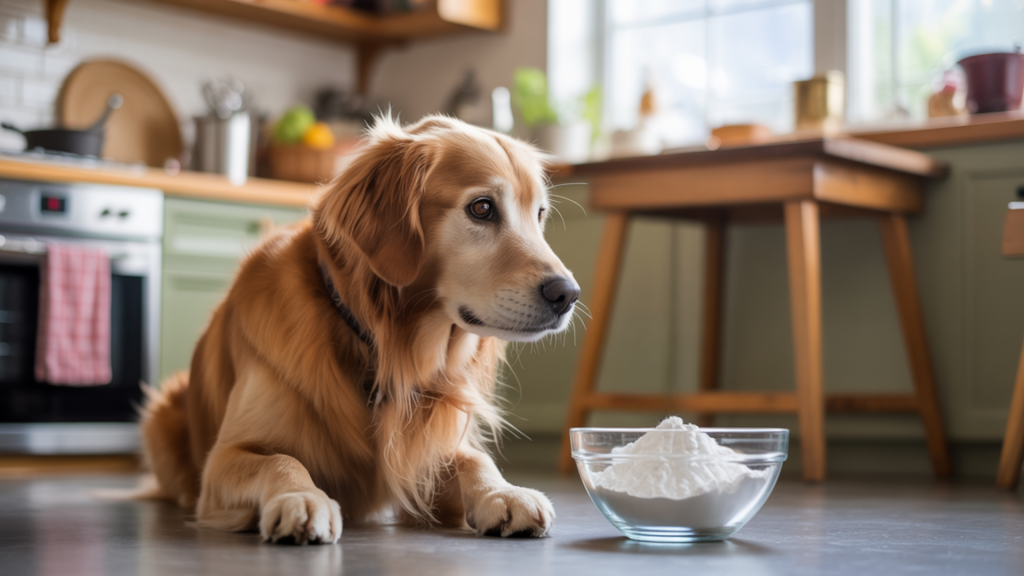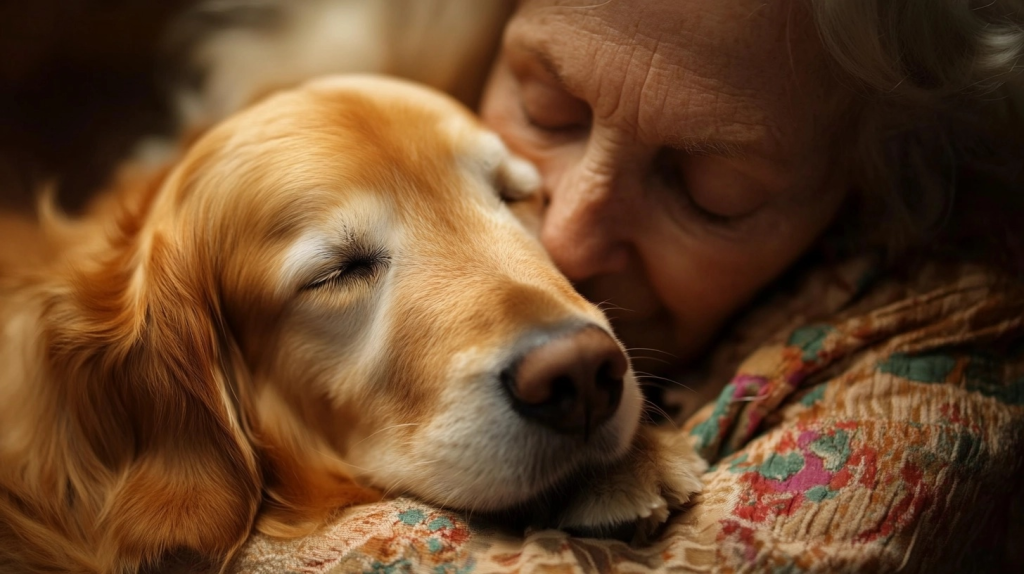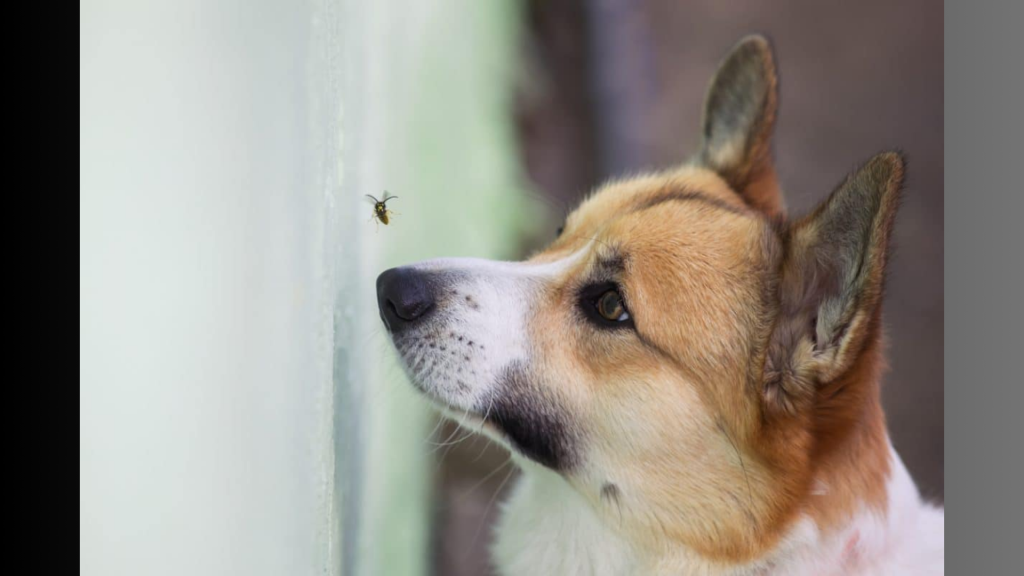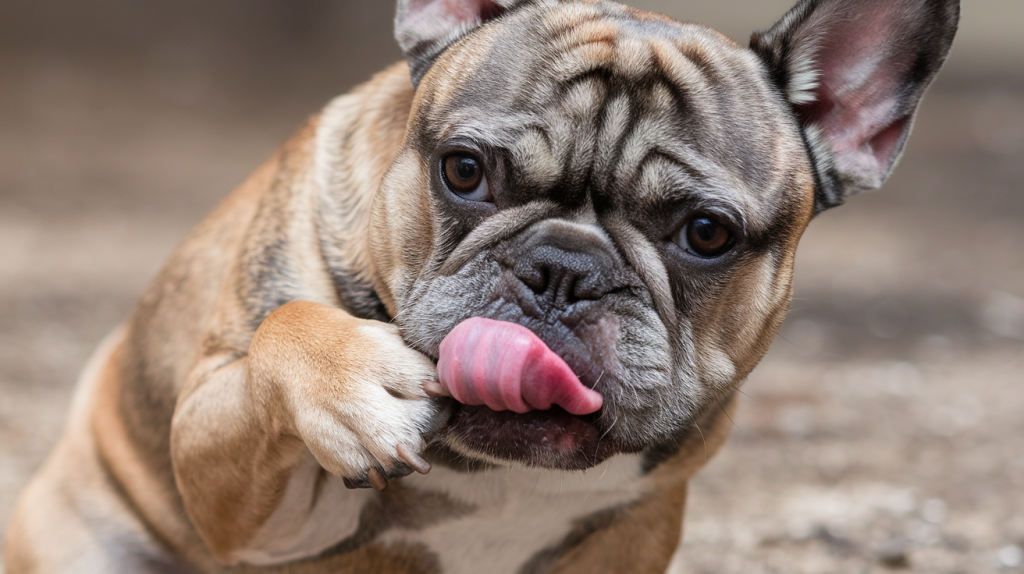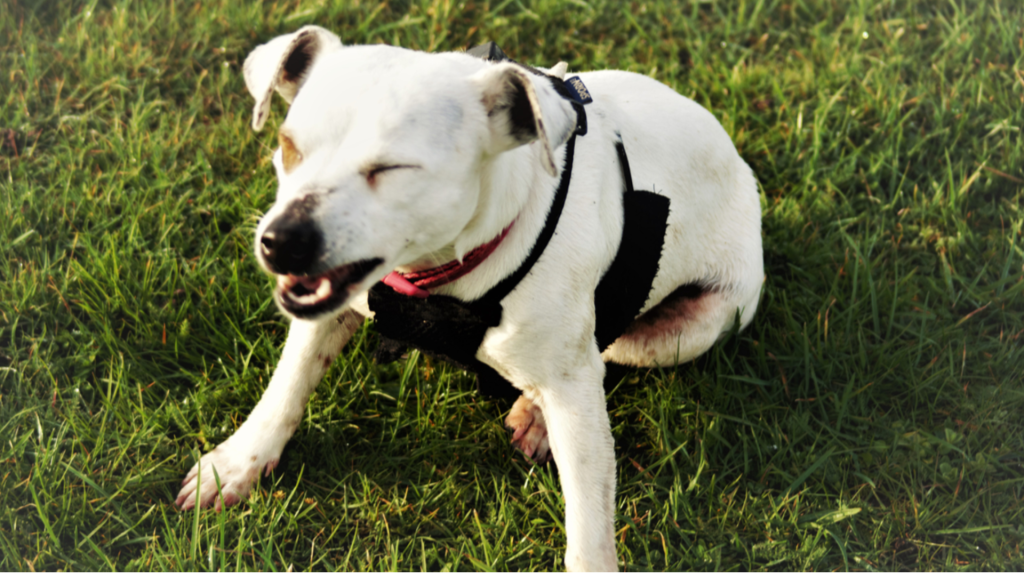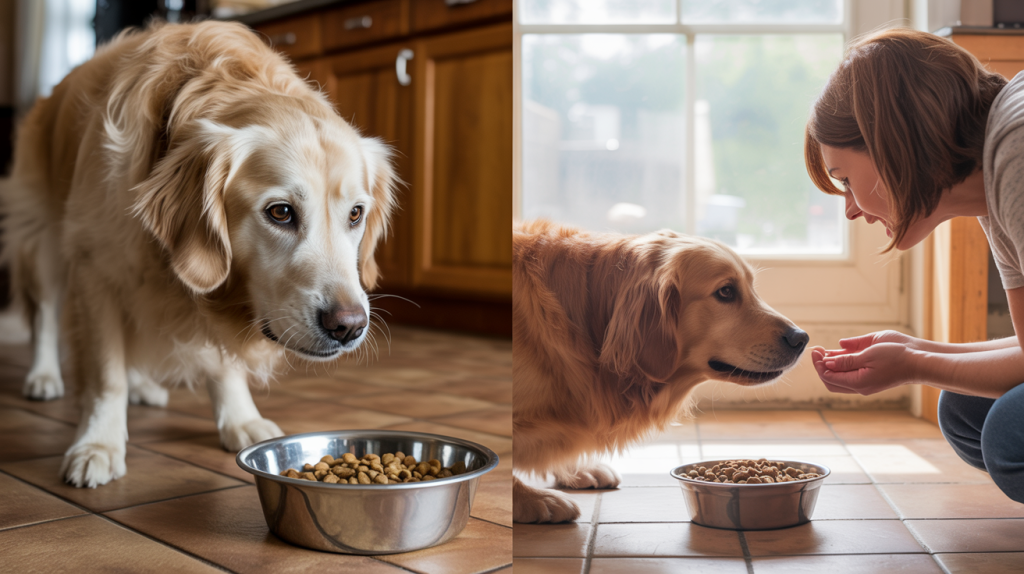Keeping a dog’s teeth clean isn’t just about fresh breath; it’s an important part of their overall health. Good dental care can prevent pain, infections, and even serious health problems that affect the whole body.
Traditionally, vets use anesthesia during cleanings so they can reach every part of the mouth safely.
But recently, more owners have been exploring anesthesia free dog teeth cleaning as an alternative, especially for senior dogs or those with health conditions that make anesthesia risky.
In this article, we’ll look at how anesthesia-free cleaning works, its potential benefits, where it may fall short, and situations where it might be a safe option for your dog.
What is Anesthesia-Free Dog Teeth Cleaning?
Anesthesia free dog teeth cleaning, also called no anesthesia dog teeth cleaning, is a process where a dog’s teeth are cleaned while they remain awake.
During the session, trained technicians use manual or ultrasonic scaling tools to remove plaque and tartar from the visible surfaces of the teeth. This approach can improve the appearance of your dog’s smile and reduce surface buildup without the risks of anesthesia.
However, it does not allow for deep cleaning beneath the gumline, an area where many dental problems begin, so it’s not a complete substitute for professional veterinary dental care under anesthesia.
Step-by-Step Process of Anesthesia-Free Dog Teeth Cleaning
An anesthesia free dog teeth cleaning follows a careful process to keep your pet safe and comfortable while removing tartar and improving oral health.
Step 1: Quick Oral Check
A short but thorough examination is done to see if your dog is a good candidate for anesthesia-free cleaning.
The technician checks for loose teeth, gum disease, or other issues that might require treatment under anesthesia instead of a non-invasive procedure.
Step 2: Gentle Restraint
For safety, your dog is held securely but comfortably to prevent sudden movements during the cleaning.
This gentle restraint helps keep both the dog and technician safe while allowing for better access to the teeth without causing unnecessary stress.
Step 3: Scaling
Using specialized hand tools, the technician carefully removes visible tartar and plaque from the teeth’s surface.
This step improves the teeth’s appearance, reduces bacteria, and supports better gum health, though it does not clean under the gumline like anesthetic procedures do.
Step 4: Polishing
After scaling, the teeth are polished to smooth away tiny scratches and rough spots on the enamel.
This not only improves the look of your dog’s smile but also helps slow future tartar buildup by making it harder for plaque to stick.
Step 5: Rinsing
Once polishing is complete, the mouth is gently rinsed to remove any loose tartar, plaque, or polishing paste.
This leaves the teeth and gums clean, fresh, and free of debris, creating a healthier oral environment for your dog.
Step 6: Final Inspection
The technician performs one last check to ensure every tooth has been cleaned and polished.
They also look for any lingering signs of dental disease or damage that may need follow-up care from your veterinarian for a more thorough treatment plan.
Benefits and Drawbacks of Anesthesia-Free Dog Teeth Cleaning
An anesthesia free dog teeth cleaning may appeal to owners who want a less invasive option, but it’s important to weigh both sides before deciding.
| Benefits | Drawbacks & Limitations |
|---|---|
| The overall cost is usually lower because anesthesia, lab work, and extensive monitoring are not required. | Plaque and tartar under the gumline remain untreated, which can leave potential dental disease unaddressed. |
| This approach avoids the risks associated with anesthesia, making it a good option for dogs with certain health conditions or sensitivities. | Some dogs may become stressed or struggle during restraint, increasing the risk of injury or aspiration. |
| Dogs can return to normal activities immediately after the procedure, and owners may schedule it every 6–12 months for maintenance. | The procedure does not include dental X-rays or a full oral examination, so hidden dental problems may go undetected. |
| Veterinary authorities such as AAHA, AVMA, and AVDC do not recommend using it as a replacement for anesthetic dental care. |
Anesthesia-free cleaning can be helpful in some cases but should complement, not replace, full dental care under anesthesia, which allows for deeper cleaning and better oral health assessment.
When is Anesthesia-Free Dog Teeth Cleaning a Good Option?
Anesthesia-free cleaning may be a good choice for dogs with only mild tartar, a calm personality, and a higher risk from anesthesia due to age or health conditions.
It’s most useful as a cosmetic touch-up or a way to help maintain oral health between full veterinary cleanings under anesthesia.
This approach can keep your dog’s smile looking fresh, but it’s not a complete substitute.
Experts stress that annual professional cleanings are still essential for removing buildup under the gumline and detecting hidden dental problems early.
Best Practices & Choosing a Provider
Selecting the right provider for anesthesia free dog teeth cleaning can make a big difference in your dog’s safety and results. Keep these best practices in mind before scheduling an appointment:
- Check that the provider has proper training and experience, ideally with veterinary supervision.
- Ask about the specific tools and techniques they use for cleaning.
- Learn how to restrain your dog safely and stress-free.
- Confirm how they decide if a dog is a good candidate for the procedure.
- Look for a provider who can work alongside your regular veterinarian.
- Pair professional cleaning with daily brushing, dental chews, and routine vet visits.
By choosing a qualified provider and supporting the process with good at-home care, you can help keep your dog’s teeth healthy and their smile bright.
Wrapping it Up
Anesthesia free dog teeth cleaning can be a helpful option in certain situations, especially for dogs that can’t safely handle anesthesia because of age or health conditions. It can freshen up your dog’s smile and help maintain oral health between full veterinary cleanings.
Still, it has limits; it doesn’t clean under the gumline or allow for X-rays, which means hidden problems can be missed.
That’s why it should be used as a supplement, not a replacement, for professional dental care under anesthesia.

